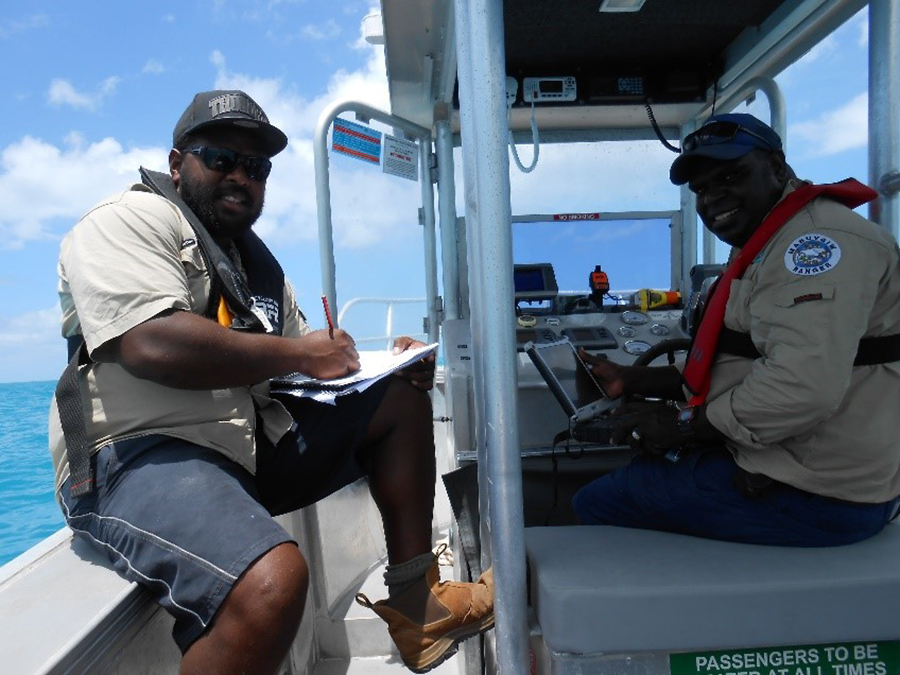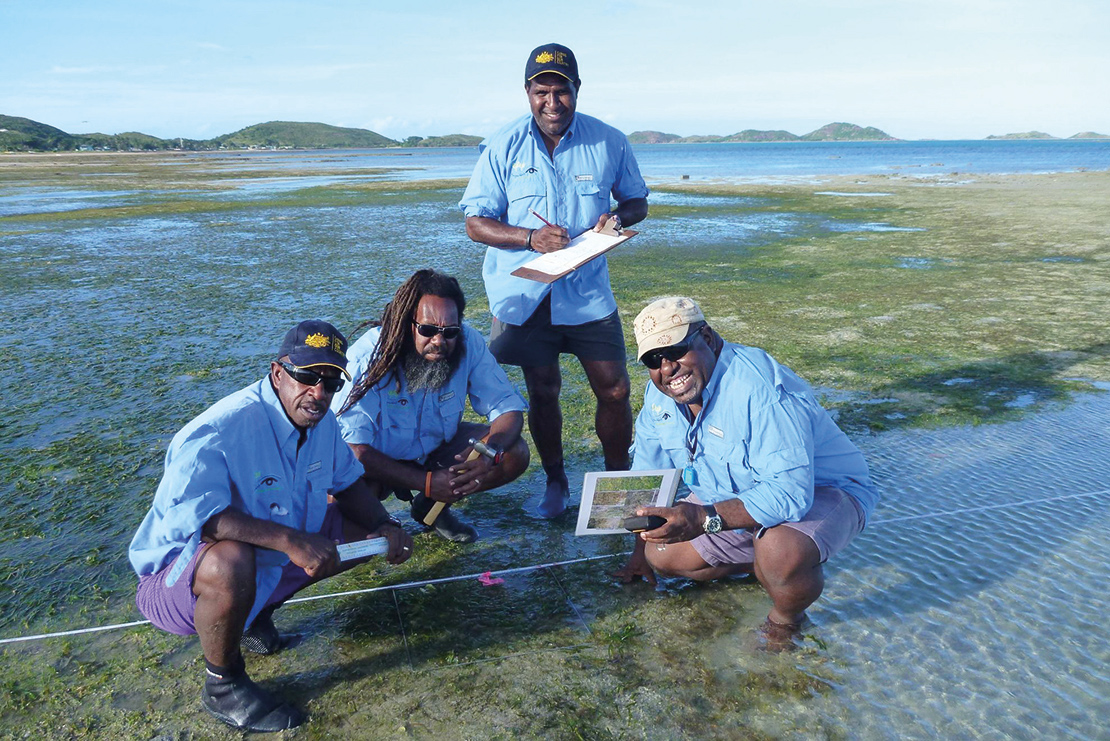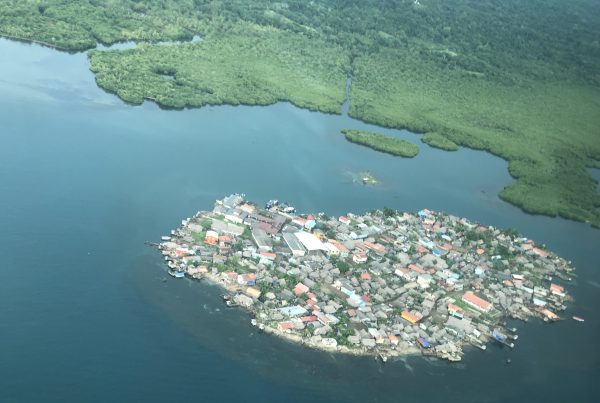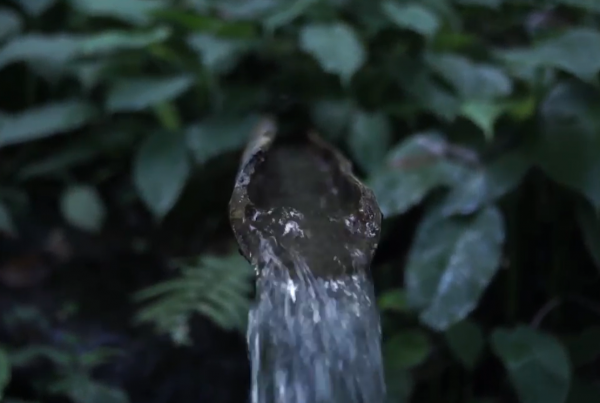Indigenous peoples of the Torres Strait practise traditional land and sea management in accordance with Ailan Kastom (island custom), Aboriginal lore/law, and native title rights and interests. Because of this continuing stewardship, the Torres Strait remains one of the richest and most intact ecological and cultural regions on Earth.
“We are one society, sharing resources across the region. When you see the water change, you know the people responsible for that area change too.”
Sereako Stephen, Traditional Owner, Ugar
Torres Strait Island communities rely on coastal marine habitats for subsistence and have strong cultural and spiritual links to these environments. Some of Australia’s most extensive seagrass meadows grow in Torres Strait waters. These seagrasses—which are, unfortunately, affected by climate change—support the largest dugong population in the world and globally significant populations of green turtles, and provide valuable habitat and nurturing grounds for fish, prawns, bêche de mer (sea cucumber) and tropical rock lobster.
Seagrasses show measurable responses to environmental conditions, so are ideal indicators to monitor marine environmental health. In recent years, members of the Torres Strait Indigenous Ranger Program have been working with research providers to combine indigenous knowledge with western science to enhance the understanding of the Torres Strait environment.
Rangers monitoring the health of seagrasses. Credit: TropWater.
Authors
- Laura Pearson, Alex Carter, Michael Rasheed, Jane Mellors
Ecosystems
- Marine and coastal
Topics
- Conservation and sustainable use
- Mapping and monitoring
Type
- Short-form
Date
- This case study forms part of LBO-2, originally released in 2020.

Rangers monitor intertidal seagrass. Credit: TropWater.
The rangers and researchers produce a report card, which is an annual assessment of the condition of Torres Strait seagrasses. The report card incorporates the most up-to-date and best available data on the most important indicators of seagrass health—abundance, spatial extent, and species composition—into a series of grades and scores that enable comparisons among sites, meadows and island groups.
The partnership has resulted in a robust scientific assessment of seagrasses as well as local ownership and acceptance of the program. The program results have also become a key element of community-based dugong and turtle management plans.



